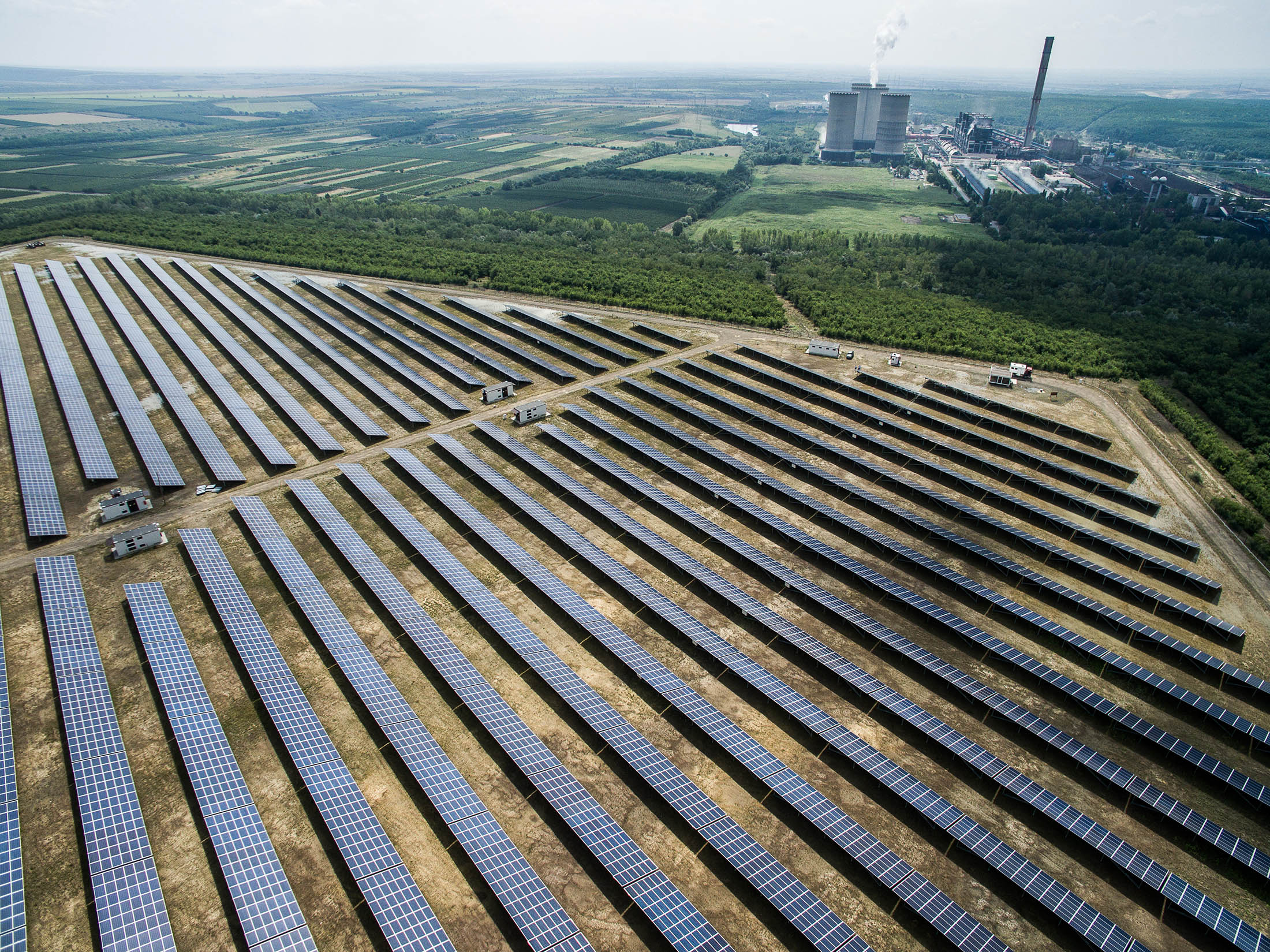China, the world’s biggest carbon emitter, is poised to install a record amount of solar power capacity this year, prompting researchers to boost forecasts as much as 80%.
About 54 gigawatts will be put in place this year, Bloomberg New Energy Finance said on Monday, raising a forecast of more than 30 gigawatts made in July. That amount of additional capacity would likely surpass all the solar energy generated in Japan in 2017.
“The number of rooftop solar plants and projects aimed at easing poverty was more than expected and developers rushed to build some ground-mounted solar projects before they were allocated subsidies,” Yvonne Liu, a BNEF analyst in Beijing, said.
The market growth has benefited top panel producers, including JinkoSolar Holding Company and Trina Solar Ltd.
China installed 43 gigawatts of solar power in the first nine months of 2017, already above the 34.5 gigawatts for all of last year.
The country has been the world’s biggest solar market since 2013. It surpassed Germany for having the most installed photovoltaic power capacity two years ago.
CCB International Securities Ltd. raised its forecast for China’s solar power capacity to 55 gigawatts from 40 gigawatts for 2018, according to a Nov. 17 note.
“We have a bright outlook for the entire supply chain of China’s solar sector as new policies are introduced to liberalize direct power sales for distributed power generation and based on our assumption of tariff hikes and a higher renewable surcharge in 2018,” CCB said.
China also aims to resolve the problem of wasted power in its renewable energy sector by 2020, according to the country's National Energy Administration.
The country has vowed to raise the share of its renewable and non-fossil fuel power consumption to 15% of total energy mix by 2020 and 20% by 2030.
Power generated from wind, solar and hydro power plants is often wasted, as there is not enough transmission capacity to absorb the electricity, leading to high curtailment rates, especially in northwestern part of the country.


